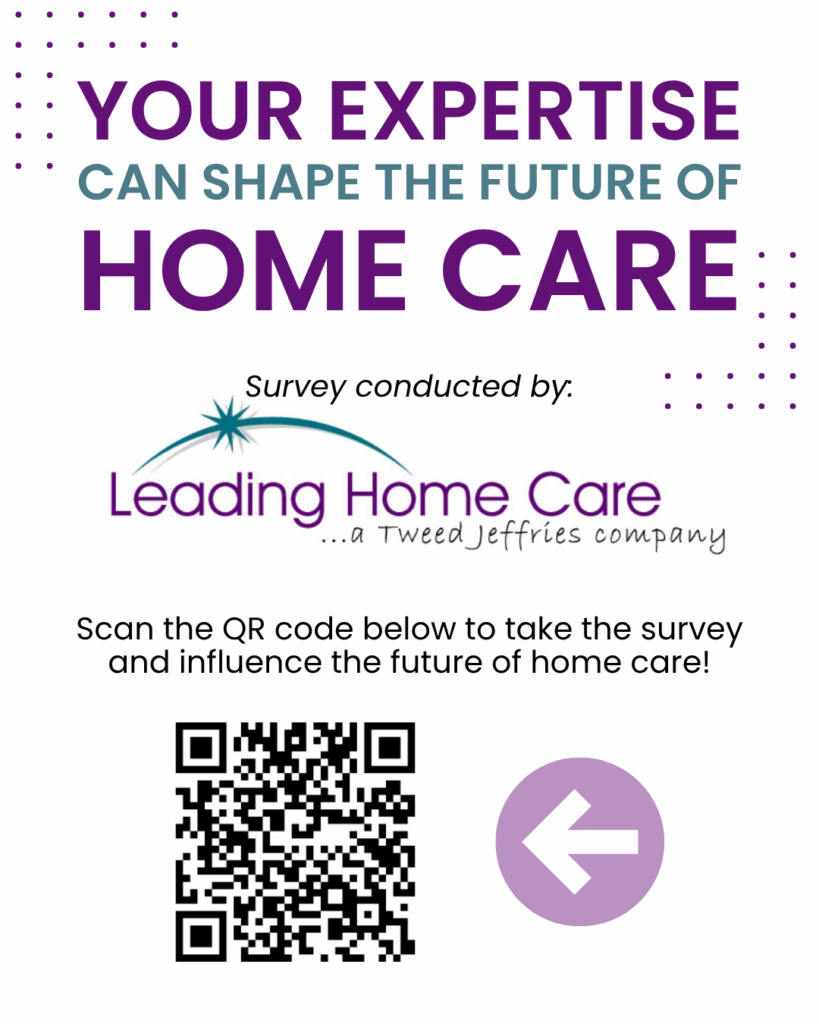A new report recently released by the Alzheimer’s Association shows that dementia is the second largest contributor to death after heart failure.
This report and the information from it will be particularly helpful to those of you in private duty home care who are frequently serving elderly clients with dementia as their primary or secondary chronic diagnosis. Here are some statistics that you will find helpful as you further develop your home care program for serving clients with dementia and their families:
- One in three seniors dies with Alzheimer’s or another dementia.
- Death from Alzheimer’s and other forms of dementia increased by 68% from 2000 to 2010.
- Meanwhile, deaths from heart disease, HIV/AIDS, and stroke have declined.
- Medicare costs for seniors with Alzheimer’s and other dementia are nearly three times higher than for those without it.
- Medicaid payments for Alzheimer’s and dementia clients are 19 times higher.
- The stress on family caregivers is estimated to result in more than $9 billion in increased health care costs.
- The number of people with dementia is expected to rise from 5.2 million to 13.8 million by 2050.
- Once symptoms appear, it is too late to reverse the disease. Damage to the brain begins 10 to 20 years before symptoms appear.
- In 2012 15.4 million family and friends provided 17.5 billion hours of unpaid care to those with Alzheimer’s and other dementias
- Nearly 15 percent of caregivers are long-distance caregivers, living an hour or more away from their loved ones. Out-of-pocket expenses for long-distance caregivers are nearly twice as much as local caregivers.
- In 2013, the direct costs of caring for those with Alzheimer’s to American society will total an estimated $203 billion.
What does this mean for private duty home care?
Having data like this about Alzheimer’s or any of the chronic diseases will help you prepare your presentation for referral sources and family caregivers as you have conversations about the services of private duty home care. In our live workshop, “Serving More Clients”, we explore the seven step relationship selling process. Step five is to present your programs and services.
In step five, we focus on the Four P’s of a Powerful Persuasive Presentation. They are:
- Problem – what is the problem faced by the referral source or the family caregiver?
- Premise – what is the concept that explains how home care can solve the problem?
- Program – what is your program or service that will help solve the problem?
- Promise – what is the marketing message that you have crafted that explains how your program solves the problem, and how home care will benefit the referral source or the family caregiver.
We are finding that when you take time to develop a clear understanding of various disease states, how they affect the client, and the impact on the family of caring for the client with this disease then you can make a much more persuasive presentation. When you have facts and data to support your presentation, you have much more credibility with referral sources and family caregivers.
For more information on how you can use facts and data about chronic conditions to sell your service and serve more clients, log on to the Academy for Private Duty Home Care, watch the free videos, explore the online learning program, and attend one of our live workshops in a city near you.





